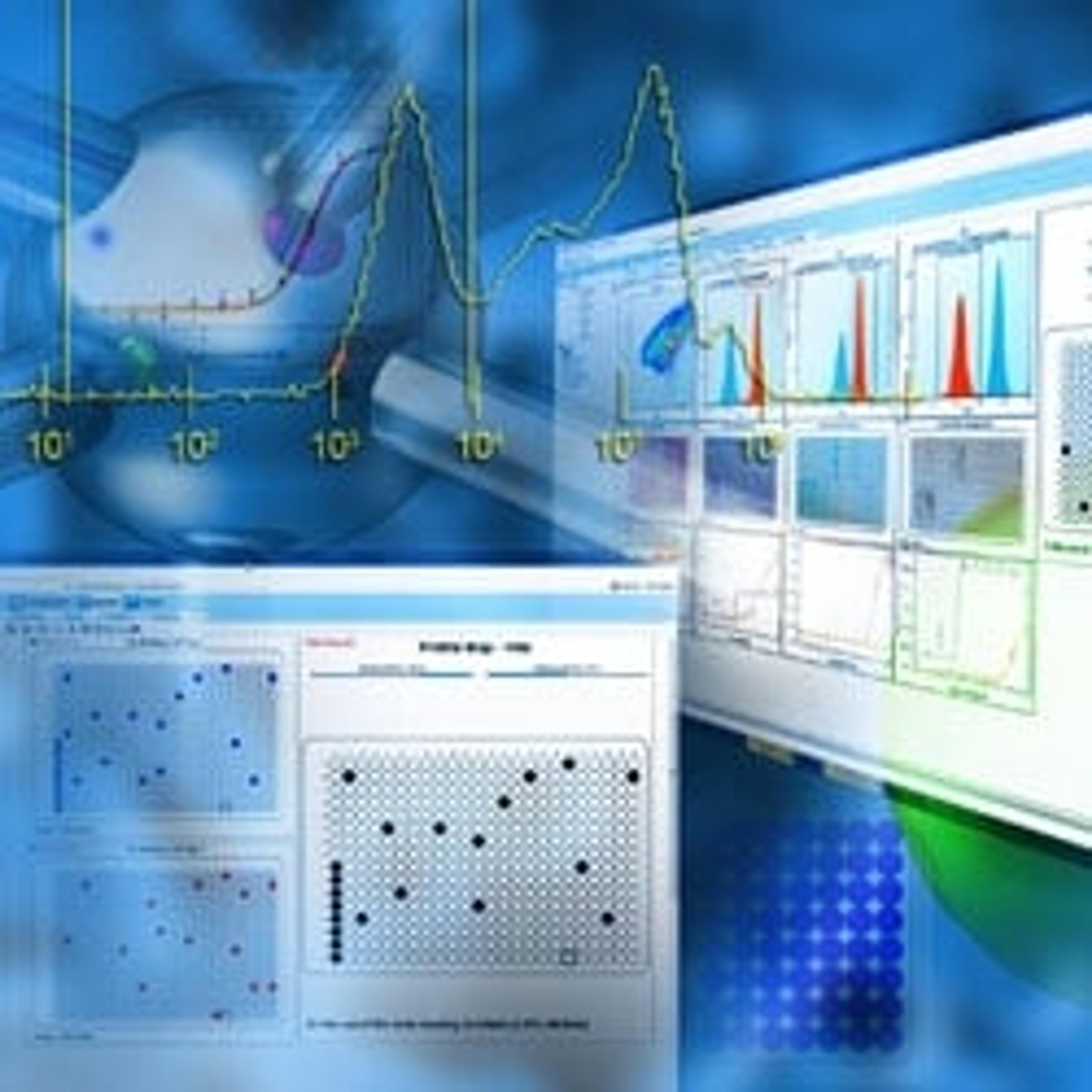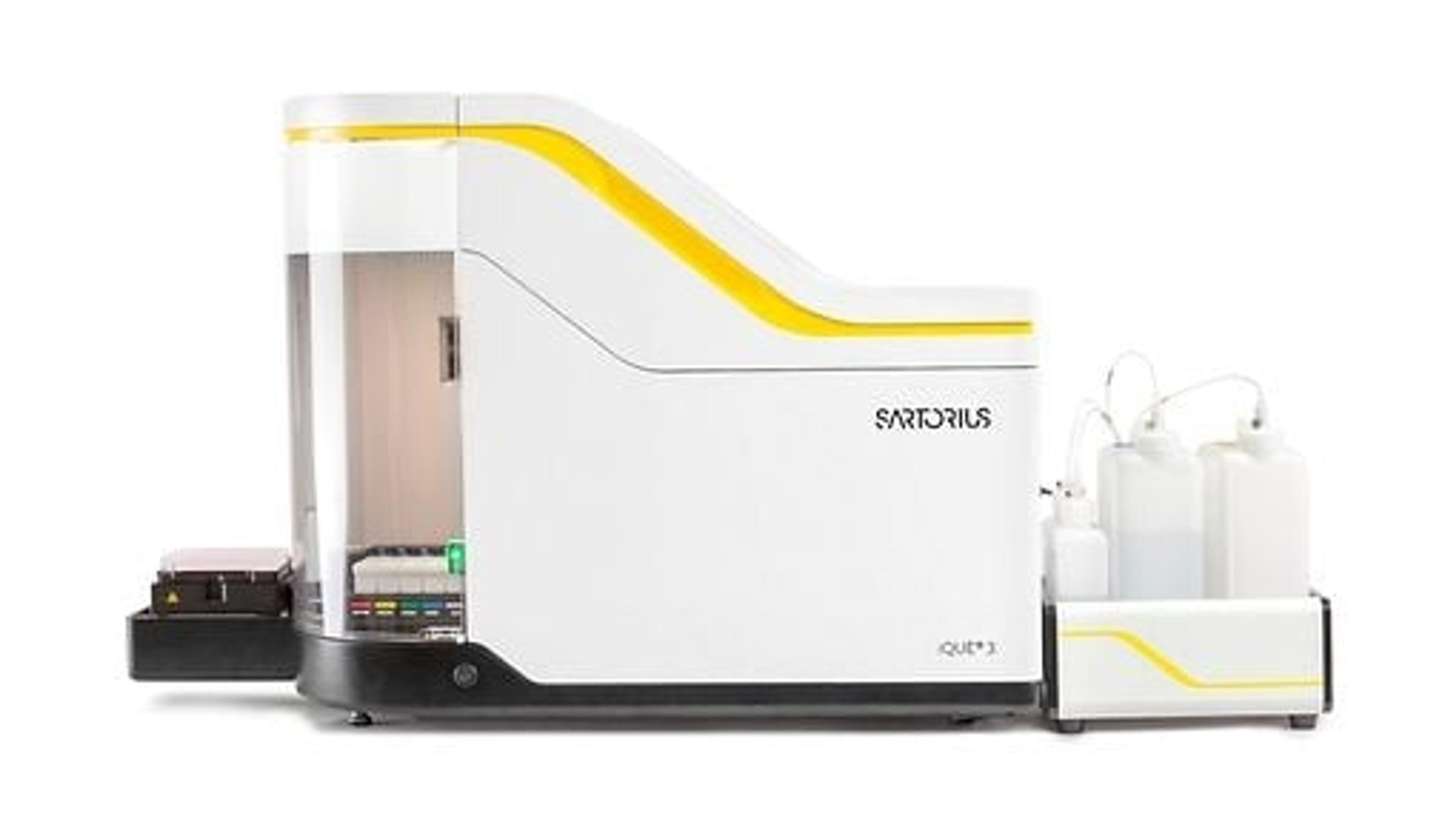On-Demand Webinar: Taking Flow to the Next Level — A Reliable Method for High-Throughput Data Analysis
Learn how you can accelerate your decision-making for suspension cell analysis
12 Sept 2018
In the field of drug discovery and development, high-throughput suspension cell and bead screening is quickly becoming the platform of choice for biologics discovery, small-molecule drug discovery and adoptive cell therapy laboratories across the globe. A critical bottleneck in phenotypic screens is the analysis and visualization of multiplexed, high content data. The copious amounts of measurements generated on each cell multiplied by the number of subpopulations that can be interrogated strains the limits of data conversion into actionable answers.
In this SelectScience webinar, Joseph Zock, Senior Director of Product Management at Intellicyt, offers you a more efficient and reliable method for high-content data acquisition and analysis. He presents a novel integrated platform, the Intellicyt® iQue Screener PLUS, with powerful ForeCyt® software that expands the analytical capabilities of flow cytometry by providing easy access to plate level analytics, dynamic profiling using multi-parameter data, and result visualization across all the plates in your experiments. The webinar also covers examples of data sets from cell line development, IgG isotyping/titering, and immune cell assessment.
You can catch the webinar on demand by registering here. Read on to discover the Q&A highlights from the live event.
Watch Webinar NowQ: I'll need to export raw and metadata for various processes, some of which need to be automated. Can the ForeCyt do this?
JZ: Yes, ForeCyt has some really good export functionality. We can export all the metadata. We can export FCS files by plate, by well, and we also have the ability to export gated FCS data. So, if you just have a population that you want to focus on, you can isolate that population and export all of those gated well-level FCS files. It’s also very automatable. We have an API that works with automation, and the command structure of that API allows export of different pieces of information into your enterprise database, wherever you're sending it. Whether you need to export that data to do some other analysis or whether you're exporting it to go into your enterprise level database, it has that ability.
Q: Can the panorama help me with screening antibodies with binding assays?
JZ: Yes, it can. We have a very nice new example from a company in the Netherlands called ModiQuest, and they are using their iQue for antibody screening. I would urge you to go to www.intellicyt.com and click on the ‘Antibody Discovery’ area, and you'll see that story. It's got a video about how they use the system. So, yes, it can be done using panorama. It's got a nice data set showing how easy it is to pull specific hits out of the data set.
Q: Are there any limits to the number of plates you can load into the panorama?
JZ: The short answer is, we don't think so. We tested up to 100 plates, and it seemed to run very well. We haven't really tested beyond 100 plates, but I think that we will do well up to that number.
Q: How much does the system cost?
JZ: In general, the three laser systems cost around $300,000, and the two laser systems cost just north of $200,000. That varies depending on where you are in the world.
Q: How flexible is it to identify live and dead bacteria?
JZ: It should be able to, depending on the bacteria. We have several customers that are playing with bacteria now, and we've been playing around with other applications that actually use bacteria as part of the assay, such as phagocytosis. So, yes, we should be able to look at live and dead, especially if they're fluorescently labeled. It's very difficult to see tiny bacteria, but when they're fluorescently labeled, it's pretty straightforward.
Q: Has IntelliCyt ever produced a software manual for the ForeCyt?
JZ: For all of you guys online that have been asking for this for years, the answer is yes. We have a reference guide now. It just came out in the latest version of ForeCyt, ForeCyt 6.2., and is embedded in the software. You can go to the "Help" section and you will see it. The guide that opens is searchable and HTML-based. It's also available on our website, the ForeCyt page, you'll be able to pull that up and take a look at it, just as if it was on the software. Also, just for those of you that are not users yet but are looking at it, we have a demo version of ForeCyt software that's available on the website. It's not the full-blown ForeCyt, but it is a very good representation with some embedded data sets which allow you to take a look at some of the functionality of the software.
Find out more on this topic by watching the full webinar on demand>>
SelectScience runs 3-4 webinars a month across various scientific topics, discover more of our upcoming webinars>>


